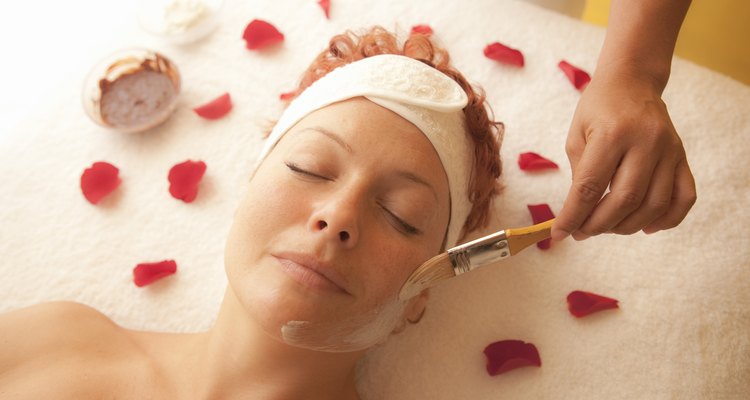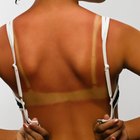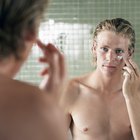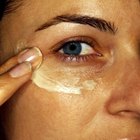
Big Cheese Photo/Big Cheese Photo/Getty Images
Estrogen Comes in Many Forms
Estrogen, a hormone that is produced in lower quantities beginning in the years before menopause, is available in synthetic form as tablets, rings, and creams. There are two types of vaginal estrogen creams--conjugated equine estrogen (CEE) cream (Premarin cream) and estradiol cream. For the CEE cream, 0.5 to 2 grams is inserted vaginally once a day. After two weeks, patients are usually instructed to use the cream three times per week. For the estradiol cream, the dosage is 2 to 4 grams per day for the first one to two weeks, and then 1 grams three times per week.
WHI Changed Menopause Treatment
In 2002, the Women's Health Initiative (WHI) study was abruptly halted because it was found that estrogen/progestin tablets were actually increasing the risk of heart attack, stroke, dementia and breast cancer for women enrolled in the study. Since that time, experts have recommended that physicians prescribe the lowest possible dose of estrogen for the shortest possible amount of time. Vaginal estrogen creams, if used correctly, can fill this need. They are also more effective for women who have vaginal menopausal symptoms like dryness, burning or itching but don't have hot flashes and other problems associated with menopause.
Be Careful Not to Use Too Much
Even though vaginal estrogen creams are being placed on the outside of the body, they do absorb into the bloodstream and enter all parts of the body. That's why it's so important to apply them correctly--using just the right dose. If you use too much of the product, your blood levels will become too high and you will get side effects. The mild ones are breast tenderness, vaginal bleeding and headaches. The serious side effects are uterine cancer and heart disease.
Your Doctor May Balance the Scales With Progestin
When women who have not had a hysterectomy take supplemental estrogen, they also take a progestin to lower their risk for endometrial cancer. At the moment, it appears that women who use vaginal estrogen cream for a short period of time do not need supplemental progestin. If you are using the product for a long period of time your physician may decide that you need supplemental progestin.
Eat Phytoestrogens But Be Careful With Creams
There are many vaginal estrogen creams that you can purchase without a prescription. These products are not approved by the Food and Drug Administration for the treatment of the vaginal symptoms of menopause. Most of these products are made from the phytoestrogens found in soy and yams. At the present time, experts do not recommend the use of these products. However, the do recommend that everyone, and particularly menopausal women, eat a plant-rich diet, because these phytoestrogens have been shown to prevent cancer.
Related Articles

Estradiol Cream & Wrinkles

What Is Tretinoin Cream Used For?

The Difference Between Retin A & Renova

Estrace Cream for Wrinkles

Tazorac Cream & What it Does for Acne

Estrogen in Skin Creams

Calories in a Tablespoon of Cream Cheese

How to Use Vaniqa Cream

How to Take Care of Wrinkled Hands

How to Get Rid of a Mustache Line for ...

Snail Cream Benefits

How to Use a Cream With Arginine

Removing Acne Scars With Tretinoin Cream

Can Tri-Luma Be Used to Fade Acne Scars?

The Best Facial Moisturizers for People ...

How Does Menopause Affect a ...

How to Use Pyrithione Zinc for Rosacea

Can You Get Rid of Cellulite with ...

How to Cure Razor Burn on a Woman's ...

How to Make Black Eyebrows Brown
Writer Bio
This article was written by the CareerTrend team, copy edited and fact checked through a multi-point auditing system, in efforts to ensure our readers only receive the best information. To submit your questions or ideas, or to simply learn more about CareerTrend, contact us [here](http://careertrend.com/about-us).
Photo Credits
Big Cheese Photo/Big Cheese Photo/Getty Images